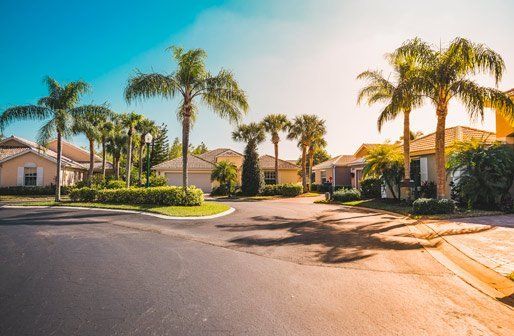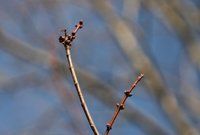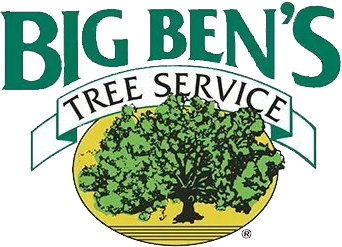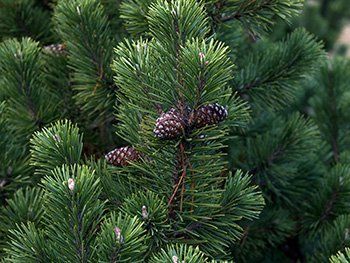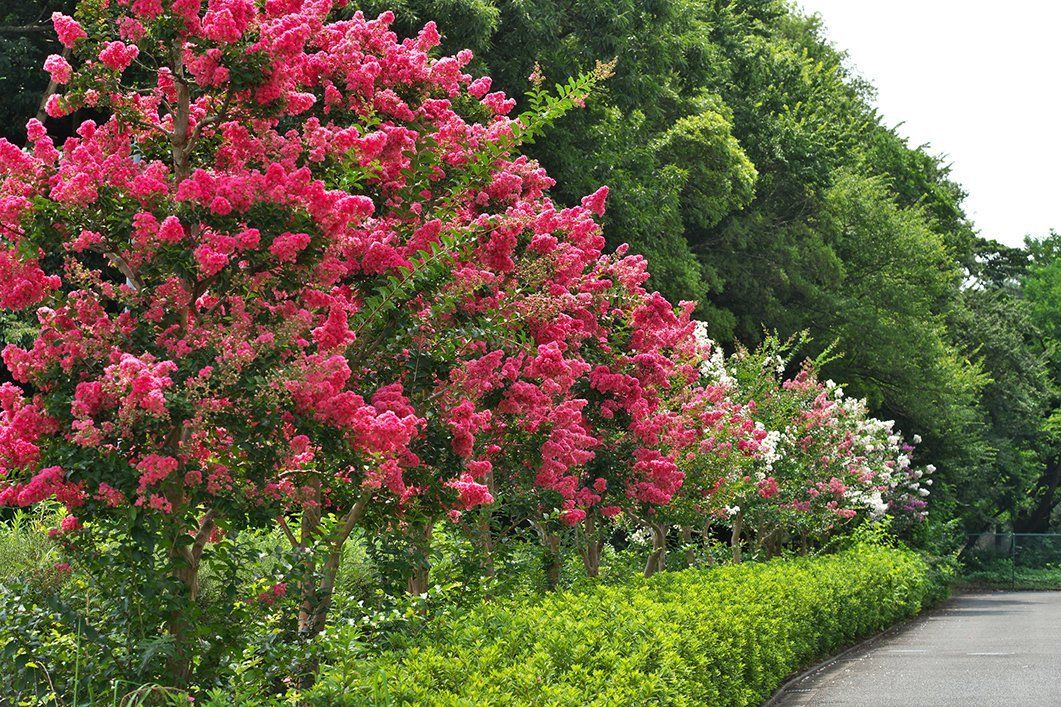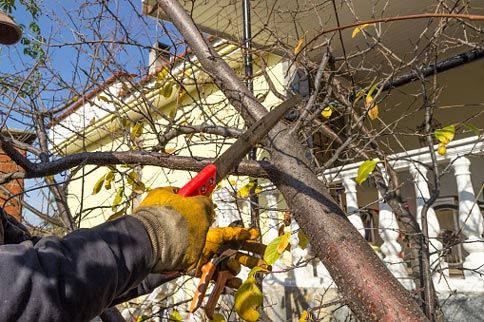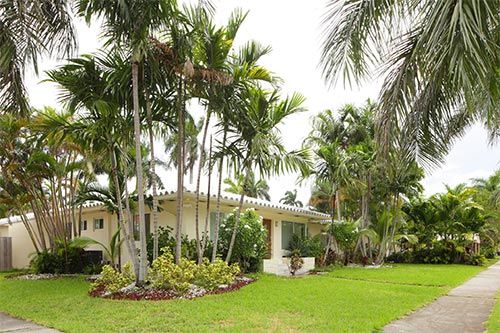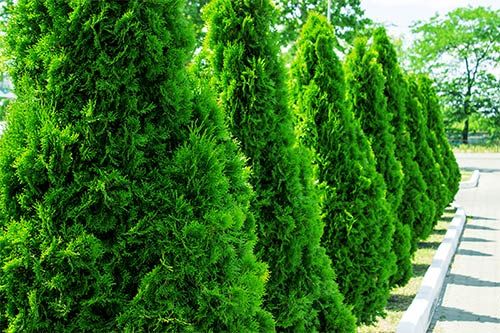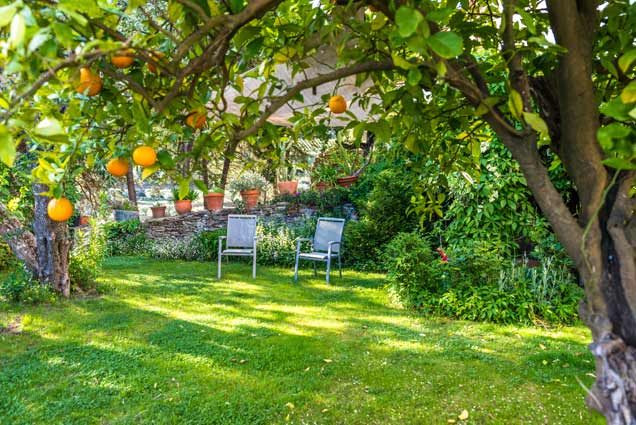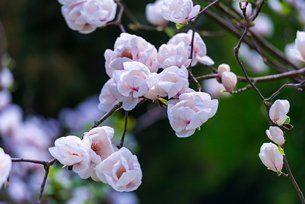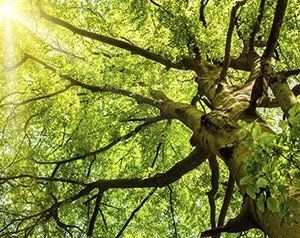Coniferous trees, otherwise known as evergreens, bring greenery to a landscape all year long. Many coniferous species thrive in Florida and the southern United States.
Coniferous trees, otherwise known as evergreens, bring greenery to a landscape all year long. Many coniferous species thrive in Florida and the southern United States. However, just like all trees, evergreens are prone to certain diseases. These diseases can cause serious damage if they are not properly detected and treated.
If you have conifers on your property, then keep your eyes peeled for signs of these three coniferous tree ailments.
1. Pine Needle Rust
Pine needle rust is a fungal disease caused by Coleosporium asterum . It has a complex life cycle because it requires two different plant species to proceed from the spore stage to the adult fungal stage. First, the fungi use an evergreen tree or plant as a host, and then they move on to a plant in the Asteraceae family-such as goldenrod or daisies.
Signs that your conifer tree is infected with needle rust include:
- Orange or yellow spots appearing on needles, most often in the spring.
- Raised, white bumps on needles during early summer.
- Brown needles that fall off the tree, although this is only present in severe infections.
Usually, the signs are most prevalent on lower branches, since these remain wetter and are therefore more appealing to the fungus.
Pine needle rust is perhaps the least concerning of all common coniferous tree diseases. It won't kill your tree, but if you are bothered by the appearance of the spotted needles, you can have a tree care company come spray your tree with fungicide to eradicate the infection. The best time of year to apply the fungicide is late summer or early fall.
2. Annosus Root Rot
This disease is caused by the fungus Heterobasidion annosum or Heterobasidion irregulare . It's most common in southern evergreen species like slash, shortleaf, and longleaf pines.
Symptoms of annosus root rot include:
- Sparse or short needles, especially near the crown of the tree.
- Resin accumulation near the base of the tree's trunk.
- Masses of white fungus on the lower trunk and any exposed roots.
- Brackets growing from the tree's lower trunk or exposed roots.
By the time symptoms of the disease become obvious, the tree has likely been infected for a long time and has thus sustained serious damage to the inner layers of its wood. If you allow the disease to keep progressing, the tree will probably die pretty quickly.
Annosus root rot is easily spread from tree to tree through the infected roots, so if your tree is infected, you should have it removed. Have the trunk treated with borax to kill any remaining fungi.
3. Pitch Canker
Pitch canker is caused by the fungus Fusarium circinatum . In the southeastern United States, it primarily infects slash pines and loblolly pines. It is most common in older, mature trees, though it sometimes appears in younger saplings if they are under water stress. Symptoms of pitch canker include:
- Flagging or death of certain branches in the crown.
- The appearance of resin (or pitch) on the bark of affected branches.
- Cankers, or ulcers, appearing on various branches and twigs.
- Dead needles that remain on the tree because they are stuck on by dried resin.
Some trees do recover from minor pitch canker infections with treatment, which involves removing the most infected branches. However, if most of the tree's branches are infected, then the best choice may be to remove the diseased tree before it dies and becomes a hazard.
If your coniferous trees are showing signs of pine needle rust, annosus root rot, or pitch canker, contact a tree care company like Big Ben's Tree Service. We can come evaluate the tree's condition and remove either the infected branches or the entire tree if needed.
